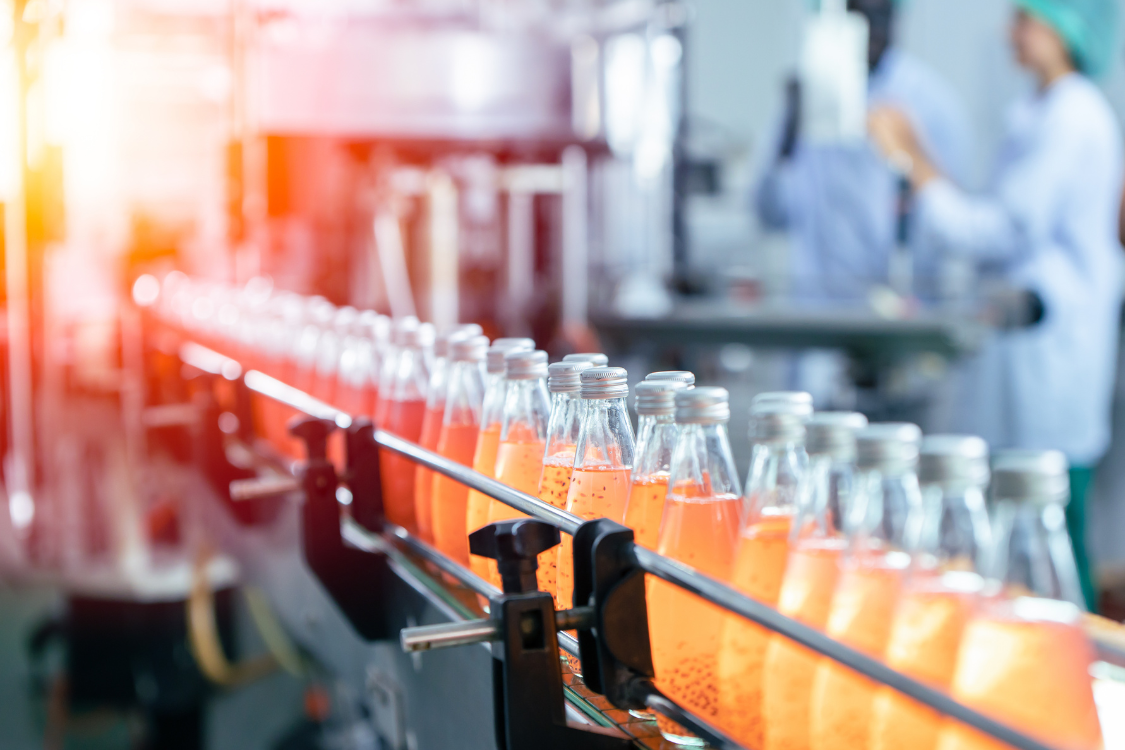Are you looking to launch a product that taps into the booming health and wellness market? Functional beverages are one of the fastest-growing segments in the beverage industry, fueled by rising consumer demand for drinks that do more than taste good. With health-conscious consumers actively seeking nonalcoholic, plant-based, and functional beverages that support immune function, gut health, and mental clarity, there’s a clear opportunity for new brands to stand out.
Skipping this trend means missing out on a significant shift in what people expect from their beverage products. This guide breaks down how to build a successful functional beverage brand from scratch, step by step.
Table of Contents
ToggleWhat Are Functional Beverages?
Functional beverages are not just about taste—they’re made to support specific areas of health like energy, digestion, or focus. These drinks are part of the functional foods movement, offering more than just hydration.
What Makes a Beverage “Functional”?
Unlike regular non alcoholic drinks, functional drinks include active ingredients such as amino acids, vitamins, herbs, or probiotics that support overall well being. These beverage products are designed to deliver potential health benefits and may help enhance focus, boost energy, or support immune function and digestion. Common examples include sports drinks, medicinal beverages, and wellness-focused supplements—all crafted to go beyond hydration and support a healthy lifestyle.
Popular Functional Beverage Categories
The functional beverage category includes various drinks with different specific health benefits. Here are five popular types on the market:
- Probiotic drinks: Promote gut health and digestion with live bacteria often found in kombucha and kefir.
- Nootropic beverages: Improve focus and mental clarity using ingredients like ginseng, L-theanine, or green tea extract.
- Adaptogen-infused drinks: Use herbs like ashwagandha or reishi, which are rooted in herbal medicine traditions, to help the body manage stress.
- Protein/fitness drinks: Support recovery, weight management, and muscle health with added amino acids and protein.
- Energy and mood boosters: Replace sugary energy drinks with plant-based options that use natural ingredients like yerba mate or matcha to increase energy levels and support emotional balance.
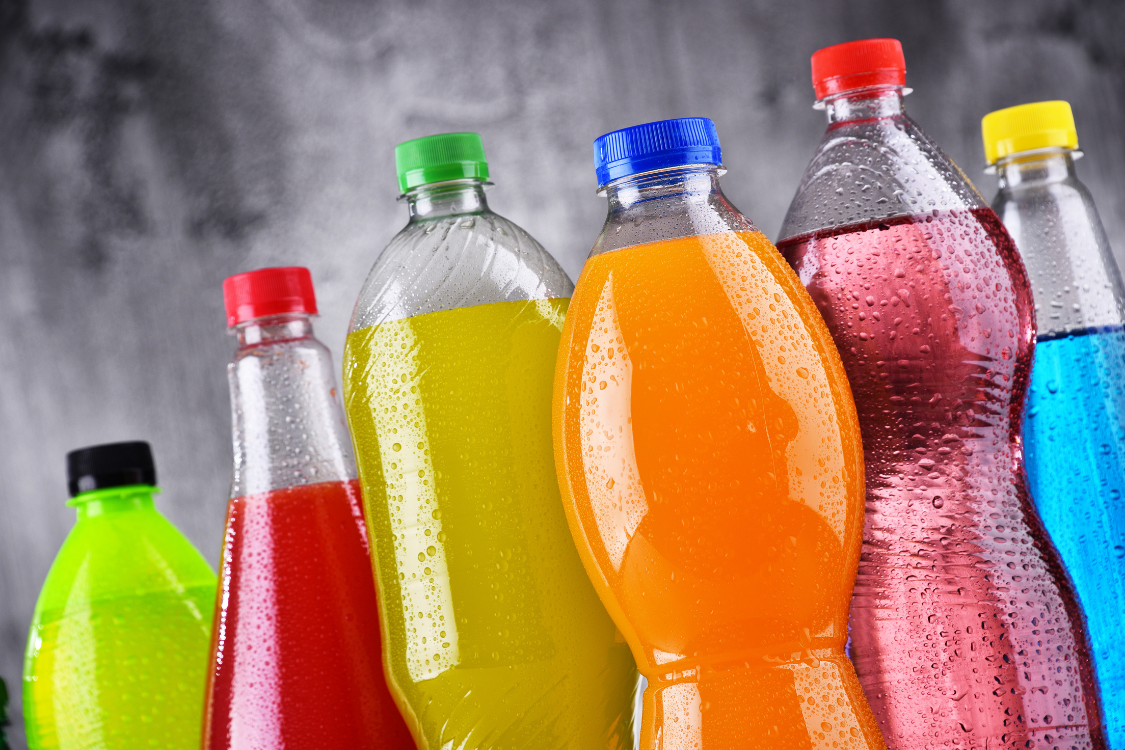
Why the Functional Beverage Market Is Booming
The beverage industry is changing fast, and functional beverages are leading. A shift in diet, lifestyle, and values is reshaping what consumers want in their drinks.
Health-Conscious Consumers Are Driving Growth
Younger generations like Gen Z and millennials are pushing the growth of functional drinks. These groups care about ingredient safety, specific claims, and the health benefits of what they consume. They’re swapping sugary sodas for sports, medicinal, and drinks designed to support their wellness goals.
Health-conscious consumers expect more from their beverages—they want clean labels, fewer additives, and support for goals like heart disease prevention or immune function. This shift is fueling the growing demand for functional beverage products.
Trends to Watch in 2025 and Beyond
The market is evolving, and innovation is key. Personalized nutrition is gaining steam, with brands offering functional beverages tailored to mood, energy, or body type. Low-sugar, nonalcoholic, and CBD-infused drinks are also becoming more common as people seek options with additional health benefits and fewer side effects.
Sustainable packaging and eco-friendly production methods are no longer optional—they’re expected. As more people live healthy, companies focusing on natural ingredients, ingredient safety, and clear labeling will stand out in a crowded space.

Step-by-Step: How to Build Your Functional Beverage Brand
Building a brand in the functional beverage space takes more than a good idea. You must plan your product, find ingredients, and connect with your target consumers. Each step below helps you lay a strong foundation for a successful launch.
Step 1: Define Your Niche and Audience
Start with one clear focus. Pinpoint a need that isn’t being met—like drinks for women’s hormone health, gut health, or boosting energy during afternoon slumps. Understand who your customers are, what they value, and what specific health benefits they seek.
Knowing your audience helps you choose the right functional ingredients, design your message, and avoid trying to please everyone. Focused brands grow faster and connect better.
Step 2: Choose the Right Functional Ingredients
Your beverage needs the right mix of functional ingredients to deliver your customers’ desired health benefits. Think about adaptogens for stress, probiotics for digestion, nootropics for focus, or electrolytes for hydration.
Look into your ingredient sourcing—where it comes from, how it’s processed, and if it meets safety standards. Clean, plant-based, and natural ingredients are in high consumer demand, especially from health-conscious consumers.
Step 3: Develop Your Beverage Formula
Now, it’s time to create the actual drink. Work with a food scientist or beverage developer to get the right flavor, consistency, and shelf life. Your formula must be safe, effective, and enjoyable to drink.
Please pay attention to the dosage of active ingredients and how they interact with other ingredients. This step also includes considering caffeine and sugar content and how your product compares to other non-alcoholic drinks in the category.
Step 4: Navigate Legal and Safety Regulations
You can’t make just any health claim on your label. In the U.S., functional beverages must follow FDA guidelines, especially when claiming specific health benefits like improving immune function or supporting heart health.
Use only GRAS (Generally Recognized As Safe) ingredients. Check if your product qualifies for certifications like USDA Organic, Non-GMO, or plant-based verified. This helps build consumer trust and keeps your claims legal.
Step 5: Build Your Brand Identity
Your brand is more than a name—your mission, story, and how people remember you. Define your tone, values, and visual identity to reflect your target audience.
Decide if your functional beverage will be positioned as premium, affordable, or performance-focused. Consider what differentiates you from big brands like Coca-Cola or other emerging functional beverage brands.
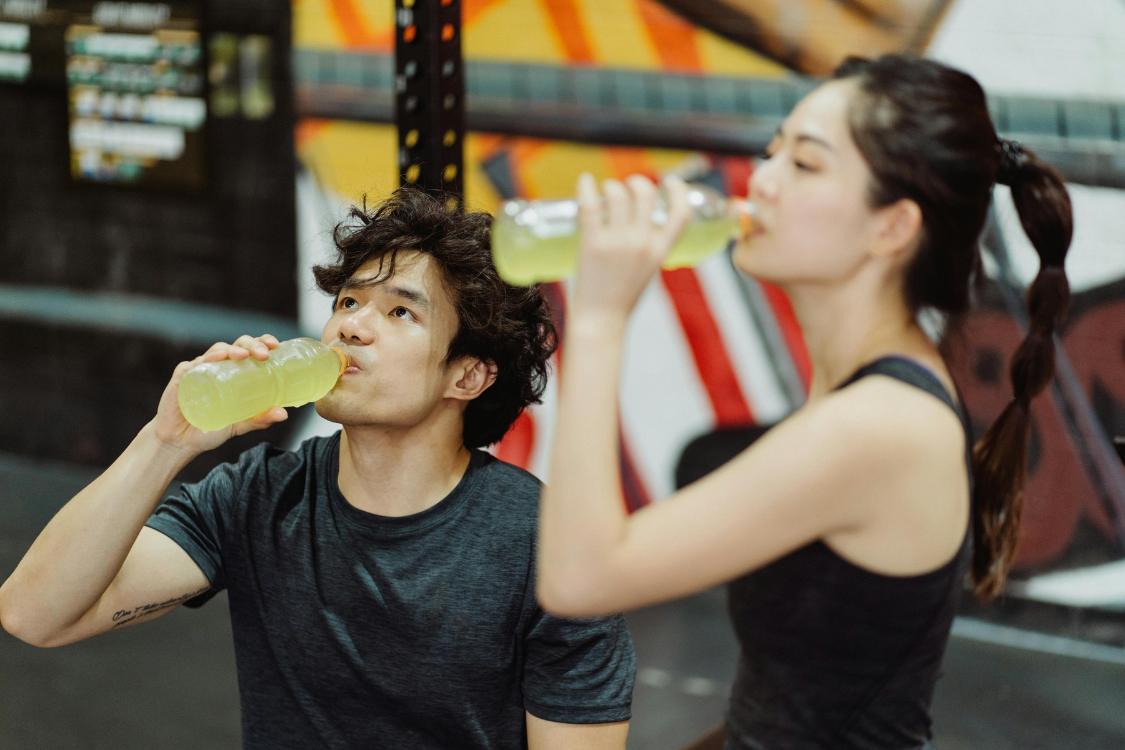
Step 6: Design Packaging That Stands Out
Your label needs to be clear, clean, and informative. Include nutritional info, ingredients, serving size, and approved health claims. The packaging should also highlight your brand story or specific benefits.
More consumers care about the environment, so choose eco-friendly materials when possible. This can appeal to those living a healthy lifestyle and reduce waste simultaneously.
Step 7: Test Your Product with Real Customers
Before going big, run small-scale tests. Share samples at local gyms, fitness studios, or wellness events. You can also sell limited batches online for honest flavor, effects, and branding feedback.
Use this feedback to make smart changes. It’s easier to adjust early than after launching nationwide.
Step 8: Set Up Manufacturing and Production
Once you’re ready to scale, you must decide how to make your drinks. Some brands work with co-packers who produce the product for them, while others build in-house facilities.
Know your minimum order quantities (MOQs) and pricing. This will impact how much inventory you hold, how you price your product, and how quickly you can meet growing demand.
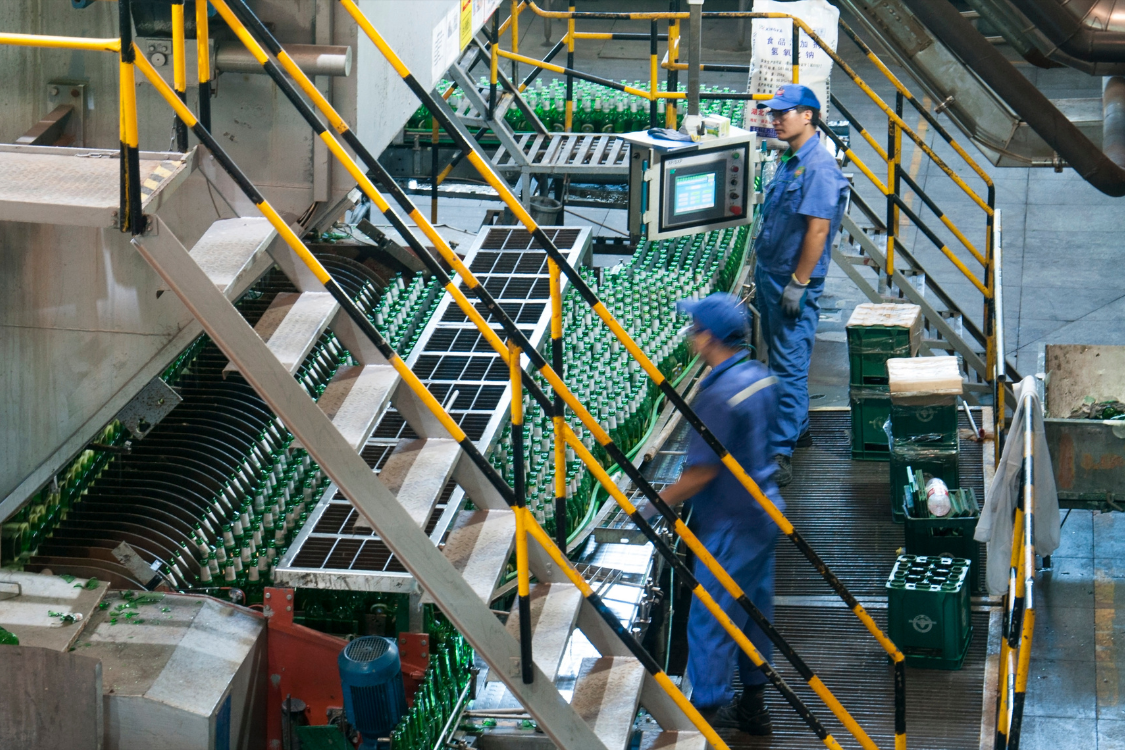
How to Fund Your Functional Beverage Business
Starting a functional beverage brand takes more than a fantastic product—you need the proper funding to cover startup costs, production, and marketing. Knowing your options helps you plan and grow without burning out financially.
Startup Costs to Expect
Launching a functional beverage brand involves several key expenses. These include research and development (R&D), functional ingredient sourcing, working with a beverage developer, packaging design, and small-scale production. Other early costs may consist of FDA compliance, certifications, and setting up a basic website or online store.
Don’t forget distribution and marketing. You’ll need to budget for events, influencer campaigns, and SEO to compete with other brands in the beverage industry.
Funding Options to Explore
You don’t need to raise millions to start. Many small companies begin by bootstrapping—using personal savings or help from family and friends. This gives you complete control but may limit how fast you can grow.
Other options include angel investors, who invest early in exchange for equity, or crowdfunding through platforms like Kickstarter or Indiegogo. These methods can generate cash while creating early buzz and testing consumer demand.
The key is to pick the funding path that matches your business stage and goals. Start lean, but plan for scale.
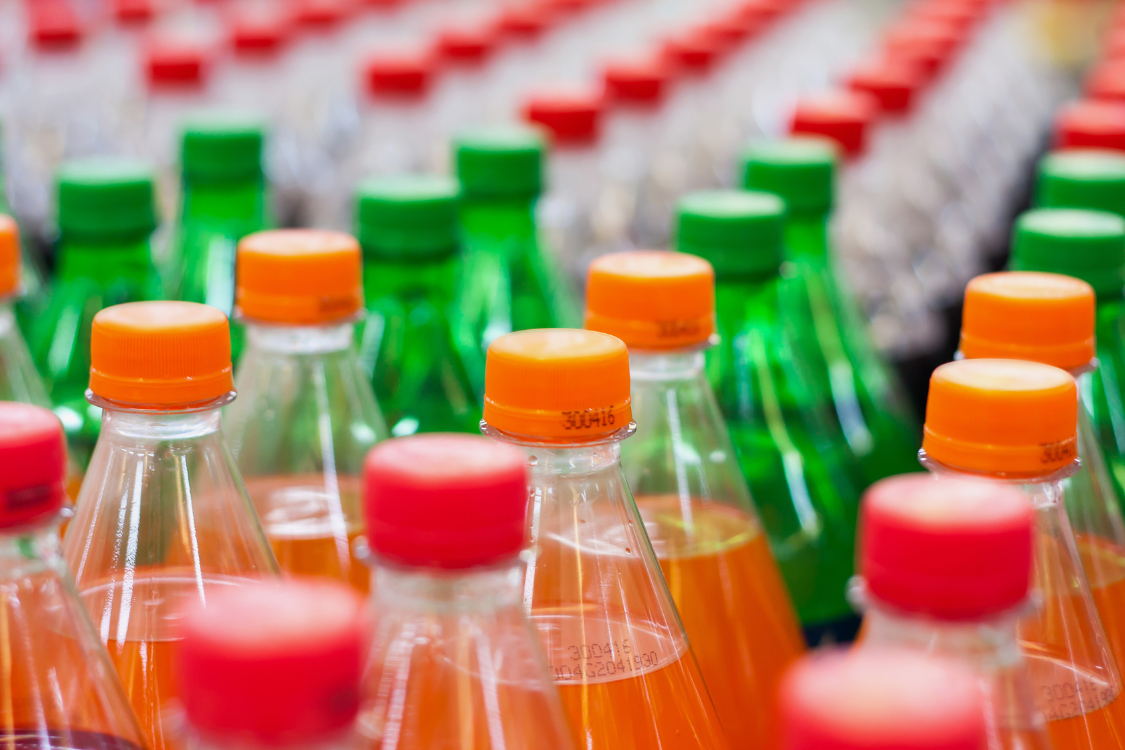
Marketing Your Functional Beverage Brand
Once your product is ready, you need a clear strategy to connect with your ideal customers. Smart marketing helps your non alcoholic drinks stand out in a saturated market filled with everything from energy drinks to sports drinks and traditional alcohol options.
Create a Compelling Brand Story
Your brand story should explain why your drinks are designed to support well being—not just taste good. Highlight your mission, the purpose behind your ingredients, and how your product fits into a healthy lifestyle.
This helps your brand rise above generic non alcoholic beverages or big names in the beverage industry like Coca-Cola, especially when paired with clear health benefits tied to real ingredients.
Build a Strong Online Presence
Your digital presence is often the first touchpoint with a customer. Showcase your range of products across platforms like Instagram, TikTok, and your website, focusing on wellness, lifestyle, and transparency.
Use SEO strategies to drive organic traffic. Keywords like functional drinks, healthy lifestyle, and caffeine-free options help attract people looking for smarter alternatives to alcohol or sugar-heavy food and beverage options.
Leverage Influencer and Affiliate Marketing
Influencers in wellness and functional foods can help introduce your functional beverages to a trusted audience. These voices are especially powerful when promoting drinks designed for energy, focus, or performance.
Affiliate marketing is another cost-effective channel. It allows you to scale your reach without high upfront costs while boosting visibility in a competitive space.
Retail vs. Direct-to-Consumer (DTC) Strategies
Selling direct-to-consumer gives you flexibility in pricing and brand control. It’s a great way to test new formulas and connect directly with your buyers.
Retail expands reach and improves credibility, especially in health-focused stores. Being on shelves next to popular sports drinks or energy drinks positions your brand as a smart, modern choice in a fast-changing market.
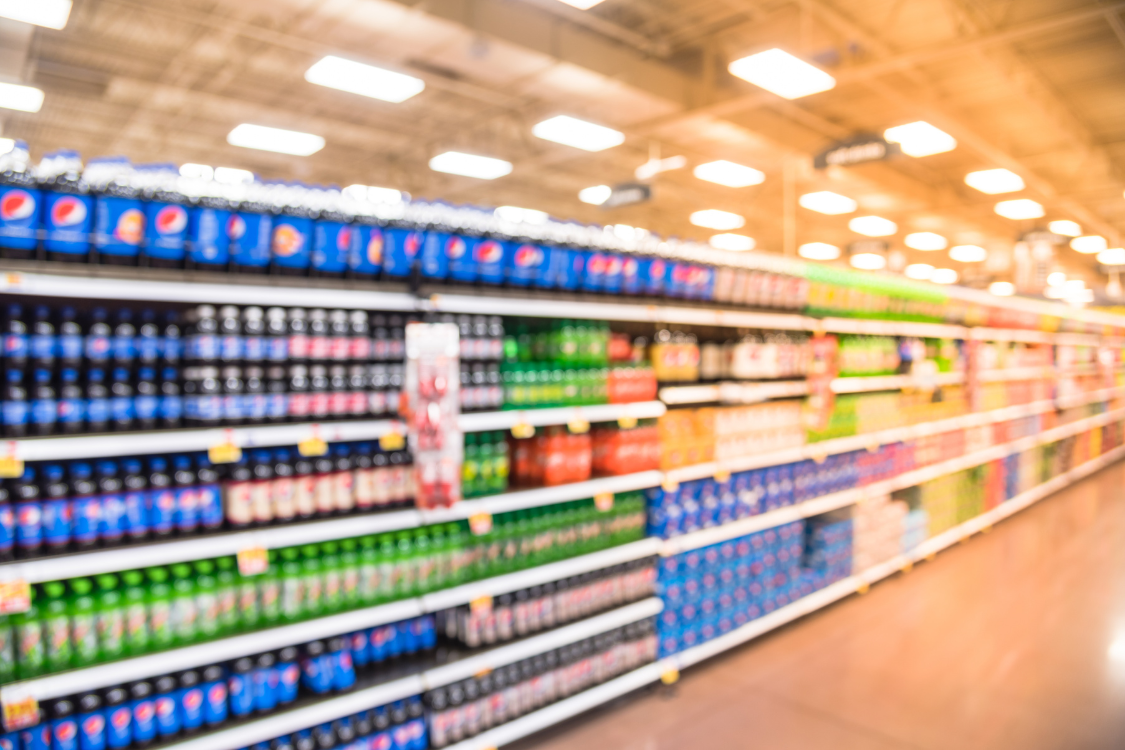
Scaling Your Functional Beverage Business
Once your functional beverage gains traction, it’s time to scale smart. Growth means introducing a wider range of products, expanding retail reach, and keeping your customers coming back. Innovation and consistency are key to building a brand that lasts.
When to Expand Your Product Line
Expanding your line helps you stay relevant and meet evolving consumer demand. You can explore the four types of benefits most buyers look for—energy, focus, recovery, and mood. Adding a new flavor or formula packed with vitamins or designed to enhance performance is a smart next move.
Listen to feedback and test before launching. A strong first product is the foundation for everything else you build.
Get into Retail and National Distribution
Retail partnerships increase your brand’s popularity and make it more accessible. Health-focused stores like Whole Foods or Sprouts are ideal for functional drinks, especially those offering a clean label and clear health claims.
Provide examples of success from your DTC channel, and highlight your unique position in a market full of sugary sodas and alcohol-based beverages.
Build Long-Term Customer Loyalty
Loyal customers are your best marketers. Keep them engaged through personalized content, exclusive deals, and easy subscription options.
Share your mission and how your product supports health goals. For example, highlight how your drink delivers specific health benefits with clean functional ingredients like vitamins and adaptogens that promote energy or focus.
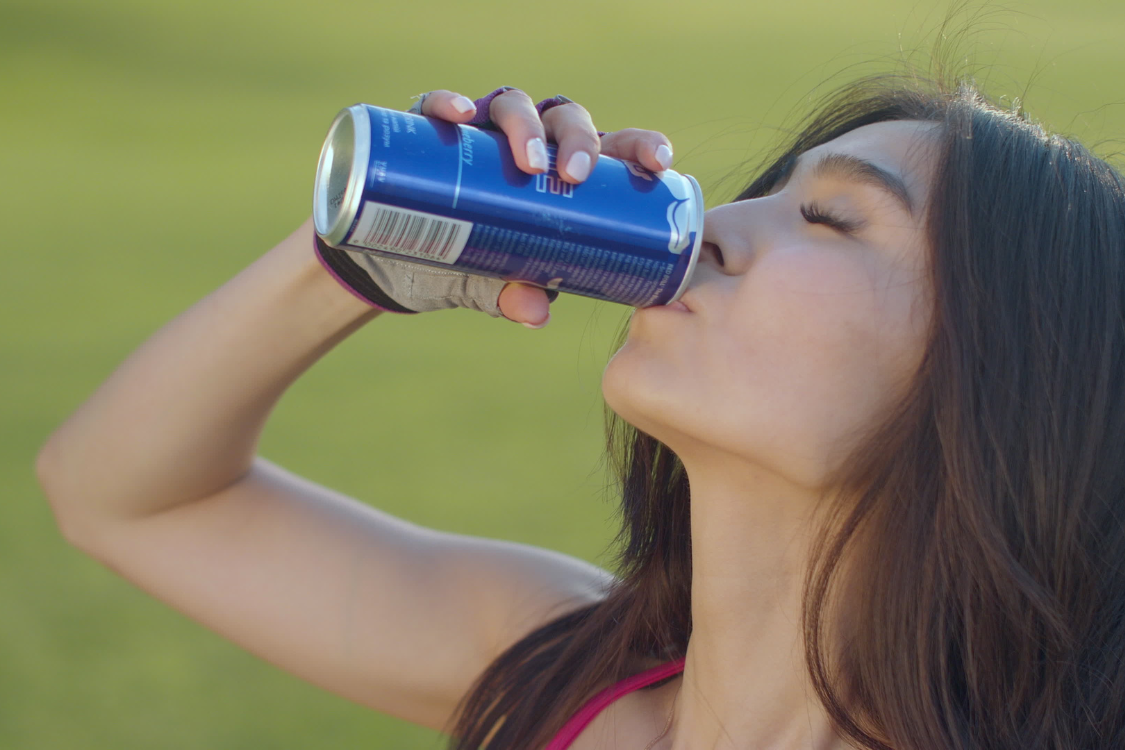
Common Mistakes to Avoid When Starting Out
Even the best ideas can stumble without proper planning. Common mistakes can slow down or sink your functional beverage business.
- Overpromising health claims: Don’t make bold, specific claims without proof. Saying your drink treats heart disease or guarantees better immune function can lead to legal trouble. Stick to claims that match your ingredients and follow FDA rules.
- Skipping product testing: Rushing to launch without testing your beverage products on real people is risky. Feedback helps you refine the flavor, check shelf life, and understand how your functional ingredients perform.
- Ignoring regulatory details: Using non-GRAS ingredients or missing key info on your label can delay or block your launch. Follow ingredient safety guidelines, and double-check your packaging requirements.
- Misjudging production costs: It’s easy to underestimate how much money you’ll need for ingredients, packaging, and minimum order quantities. Know your numbers before scaling or pitching to investors.
Avoiding these mistakes strengthens your brand and builds trust with health-conscious consumers looking for reliable, practical, functional drinks.
Ready to Launch Your Functional Beverage Brand?
Creating a successful functional beverage brand starts with choosing ingredients, building a clear identity, and understanding what health-conscious consumers want. Each step significantly affects your brand’s growth, from testing your formula and navigating FDA regulations to designing standout packaging and building trust through marketing. Focus on product quality, explicit health claims, and staying connected with your audience. Start small, learn from feedback, and grow at a pace that keeps your mission and values intact. Consistency is what turns a good idea into a lasting beverage industry success.
Frequently Asked Questions
What are the top-selling functional beverages right now?
Thanks to high consumer demand for clean, effective options, energy drinks with natural ingredients, kombucha, and hydration mixes are leading the functional beverage market.
How profitable is a functional beverage business?
A functional beverage business with strong branding, efficient production, and a direct-to-consumer (DTC) strategy can be highly profitable.
Can I start a beverage brand from home?
You can test functional drinks locally or online, but full-scale production requires certified facilities and compliant ingredient sourcing.
Do functional beverages need FDA approval?
No FDA approval is needed, but you must use GRAS ingredients and follow strict labeling rules for health claims.
What’s the biggest challenge in this industry?
The biggest challenge is standing out in a competitive beverage industry while delivering consistent quality and trusted health benefits.
References
- Hallagan, J. B., Hall, R. L., & Drake, J. (2020). The GRAS provision – The FEMA GRAS program and the safety and regulation of flavors in the United States. Food and chemical toxicology : an international journal published for the British Industrial Biological Research Association, 138, 111236. https://doi.org/10.1016/j.fct.2020.111236
- Lee, M., Lee, J. S., Kim, K., & Kim, C. (2021). Efficacy of immune-strengthening functional drinks in top-level athletes: a questionnaire survey-based research. Physical activity and nutrition, 25(3), 23–27. https://doi.org/10.20463/pan.2021.0017

